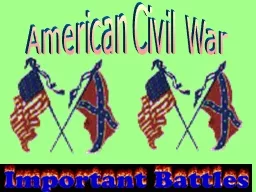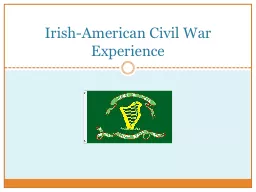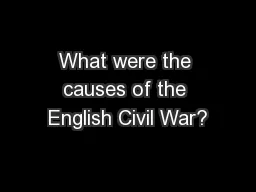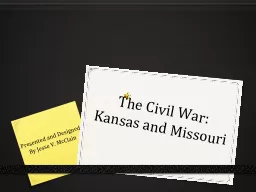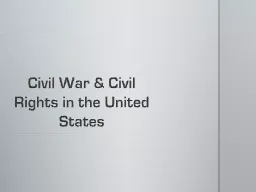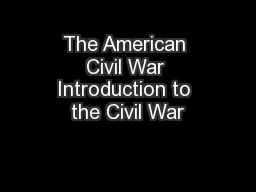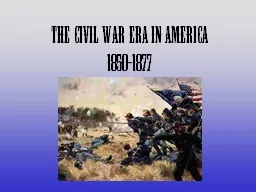PPT-American Civil War
Author : mitsue-stanley | Published Date : 2015-11-12
The first engagement of the Civil War took place at Fort Sumter on April 12 and 13 1861 After 34 hours of fighting the Union surrendered the fort to the Confederates
Presentation Embed Code
Download Presentation
Download Presentation The PPT/PDF document "American Civil War" is the property of its rightful owner. Permission is granted to download and print the materials on this website for personal, non-commercial use only, and to display it on your personal computer provided you do not modify the materials and that you retain all copyright notices contained in the materials. By downloading content from our website, you accept the terms of this agreement.
American Civil War: Transcript
Download Rules Of Document
"American Civil War"The content belongs to its owner. You may download and print it for personal use, without modification, and keep all copyright notices. By downloading, you agree to these terms.
Related Documents

